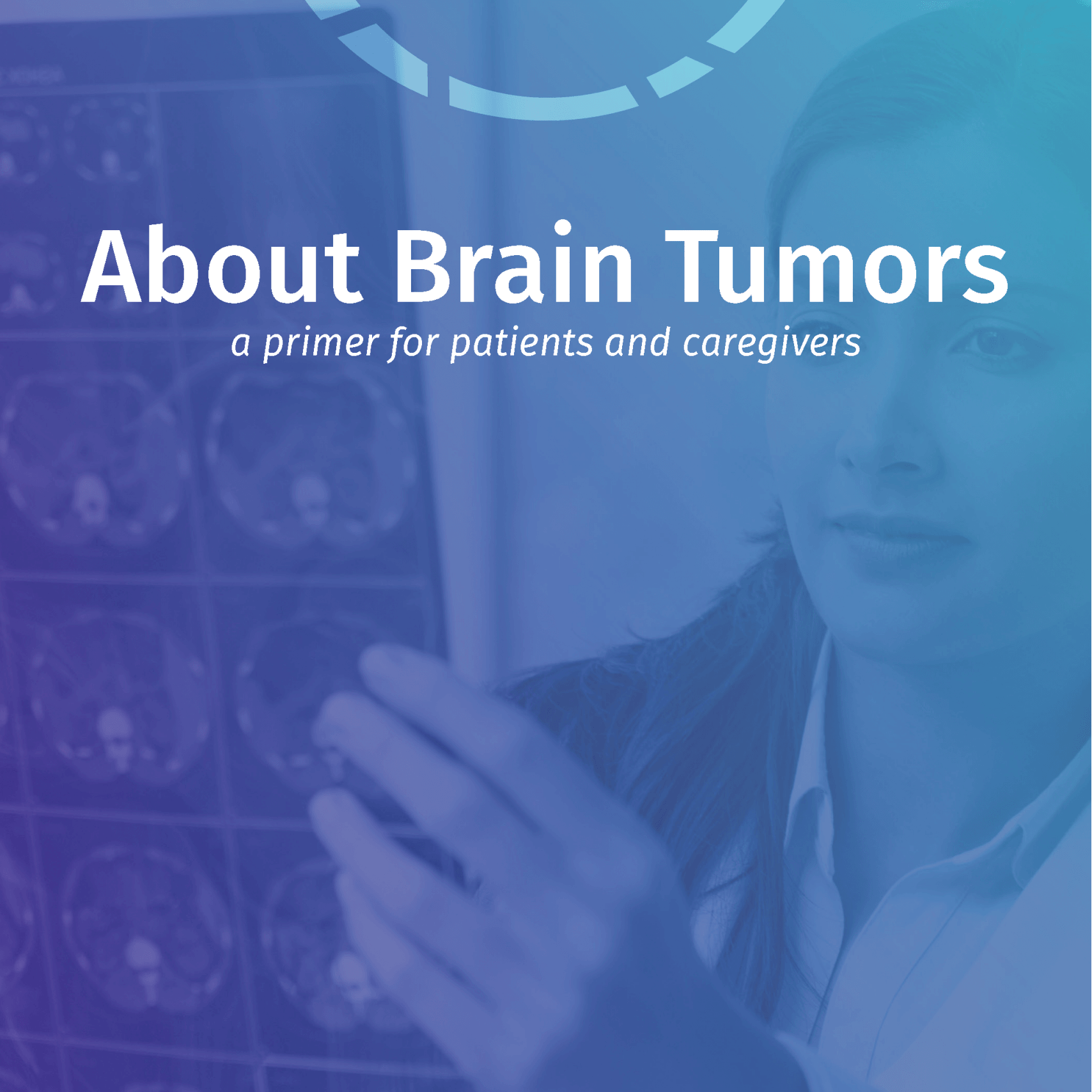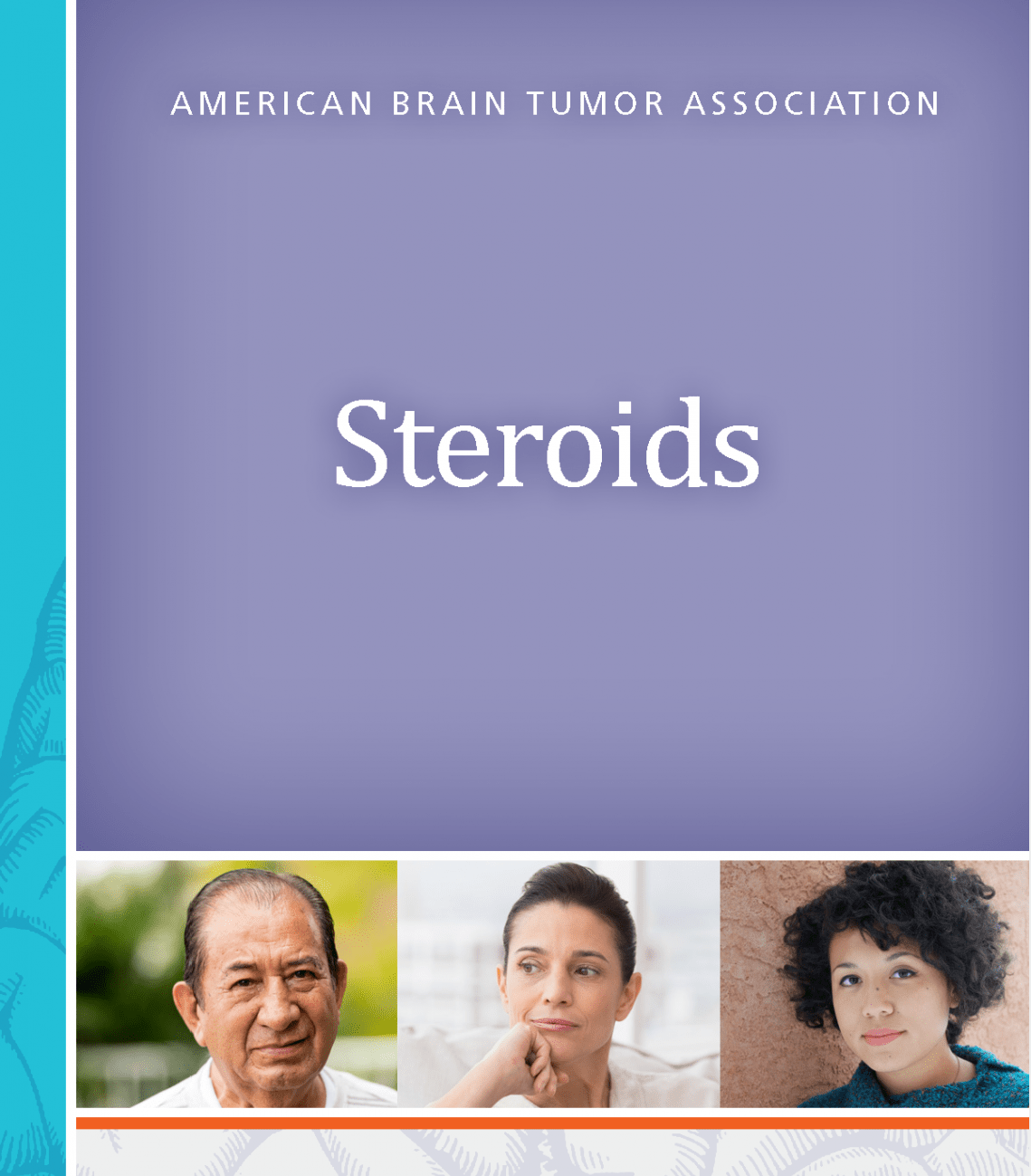High-grade gliomas (HGG) are a group of aggressive brain and spinal cord tumors that occur in both children and adults and include such diagnoses as glioblastoma and anaplastic astrocytoma. These tumors characteristically grow (infiltrate) into normal central nervous system tissue, making them difficult to treat. Consequently, despite decades of research, prognosis for this tumor remains poor.
Location
Symptoms
Treatment
Treatment generally begins with surgical removal of the tumor, though some HGG of the spinal cord or midline of the brain may be difficult to remove given their invasion into nearby critical portions of the spine or brain.
Tumors are generally treated with radiation; sometimes chemotherapy drugs such as Temozolomide or Lomustine (CCNU) are given during and after radiation, but these treatments have shown more benefit in adults than children. There are numerous clinical trials for patients with HGG both at the time of diagnosis (with or following radiation) or at the time of disease progression.
Some very young children may receive chemotherapy instead of radiation given their developing brains.
Patients with targetable genetic changes in their tumor for which a drug is available may receive this therapy after radiation or at the time of disease recurrence.
Prognosis
Prognosis means a prediction of outcome. This information is usually based on information gathered from groups of people with the same disease. It is important to remember these statistics are not individualized.
The medial overall survival of HGG in children diagnosed outside of infancy/very early childhood is less than 2 years and a 5-year overall survival rate of less than 30%.
Incidence
HGG comprise around 10% of pediatric brain tumors.
Age Distribution
HGG are diagnosed throughout life from infancy to the elderly.
Risk Factors
Molecular Profile
Molecular profiling is the detection of specific genes, proteins, or other molecules in a tumor. This information helps confirm tumor diagnosis, inform treatment options, and predict prognosis.
The majority of HGG occurring in the midline of the brain or in the spinal cord have a characteristic mutation in the H3 protein known as H3K27M. In contrast, HGG occurring toward the edges of the brain have a related but distinct mutation known as H3G34R/V. HGG often have other mutations including BRAFV600E, IDH1/2, ATRX, TP53, or PDGFRA. HGG occurring in infants and toddlers may have fusions of two genes such as NTRK or ROS1.
Additional Resources
Content last reviewed:
April 2022 by Holly B. Lindsay, MD, MS and Donald Williams (Will) Parsons, MD, PhD





















